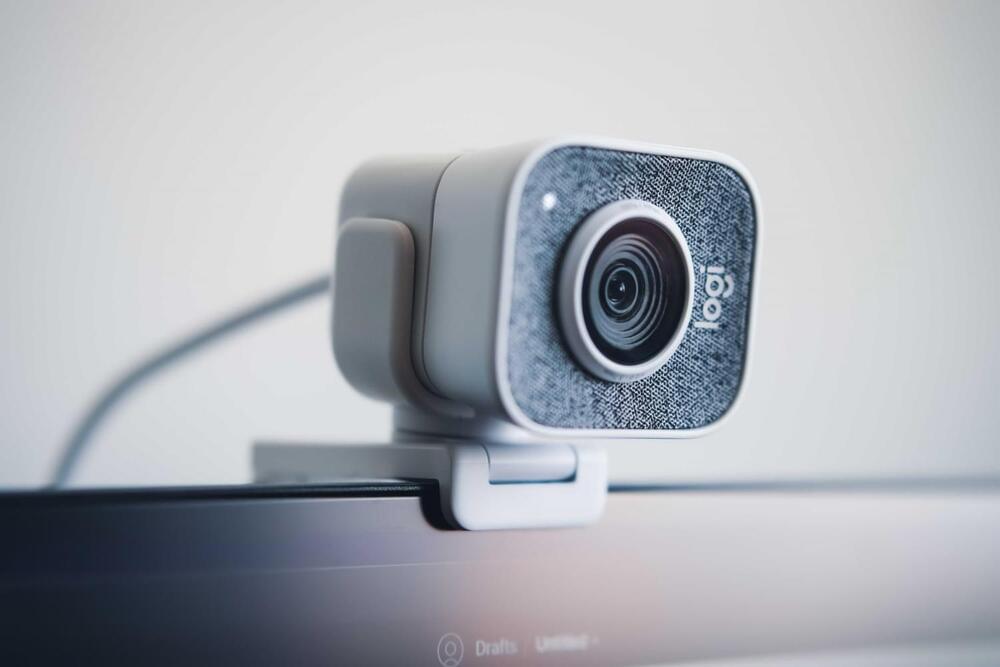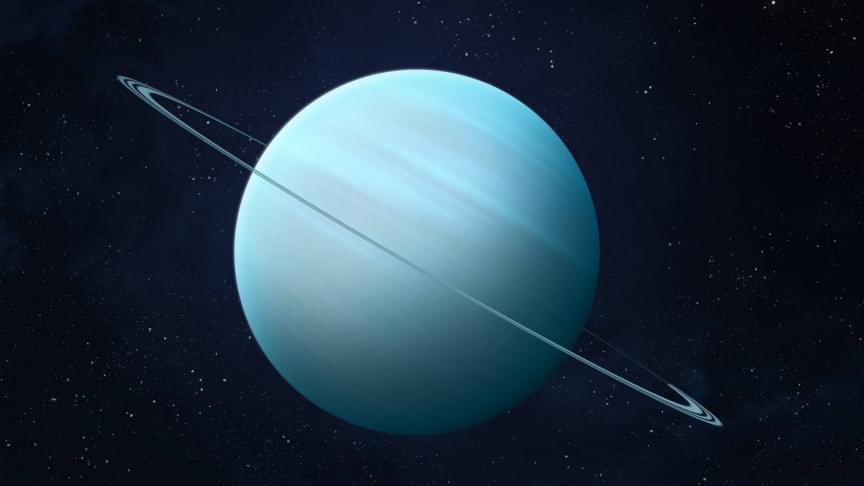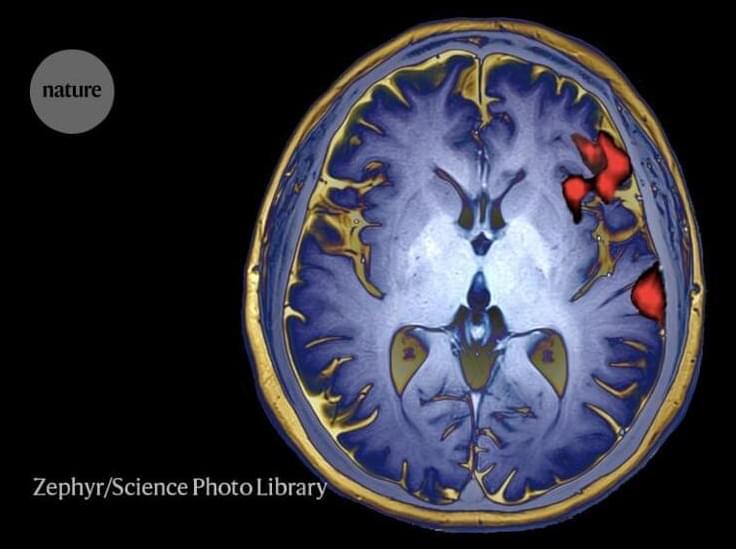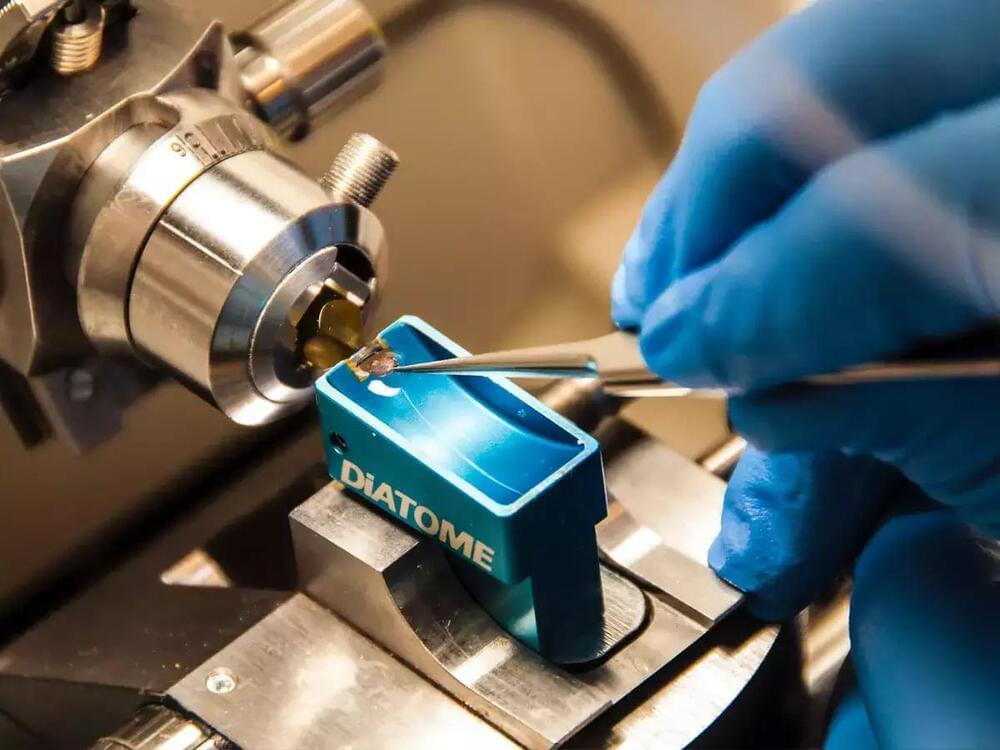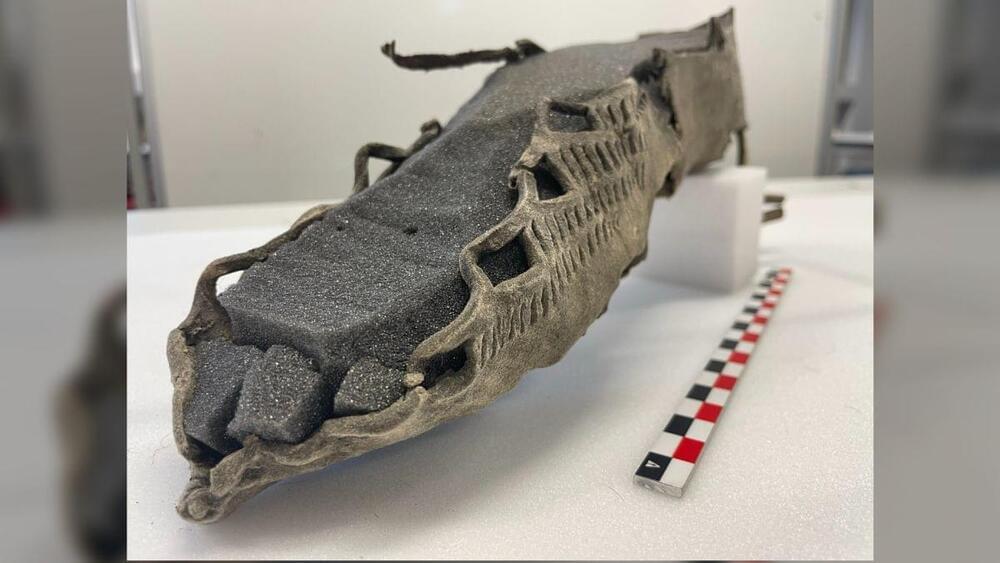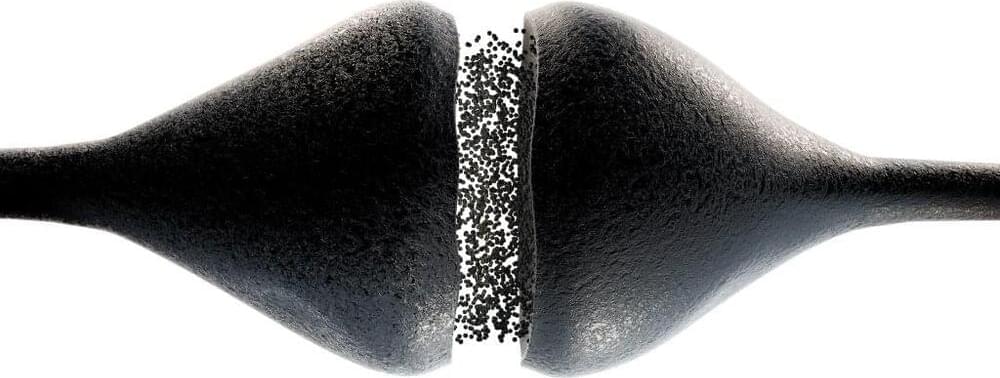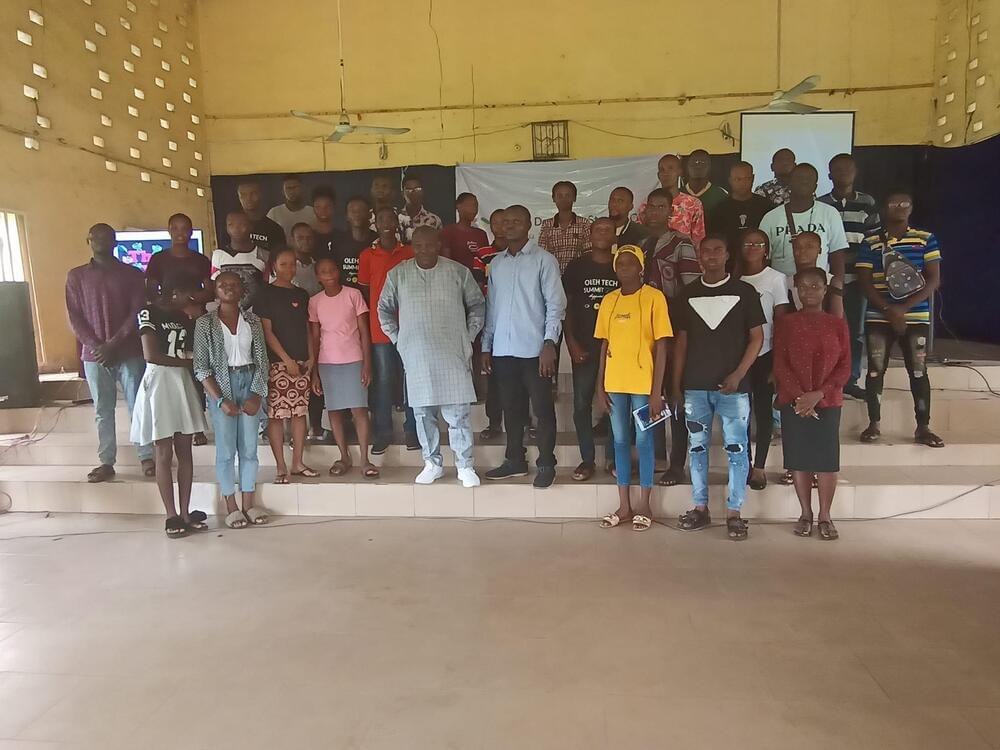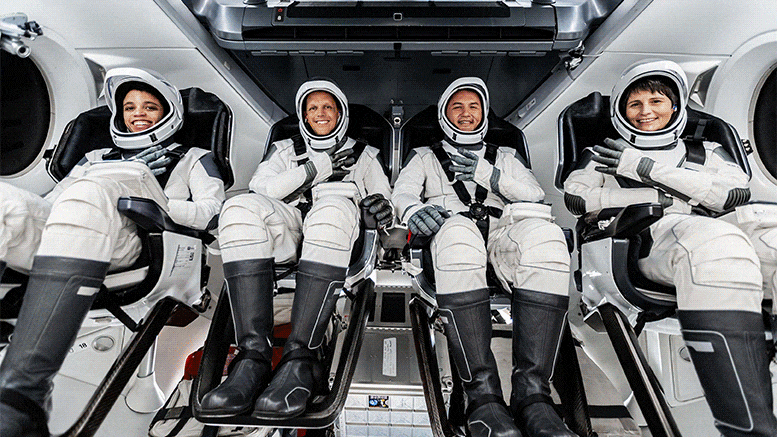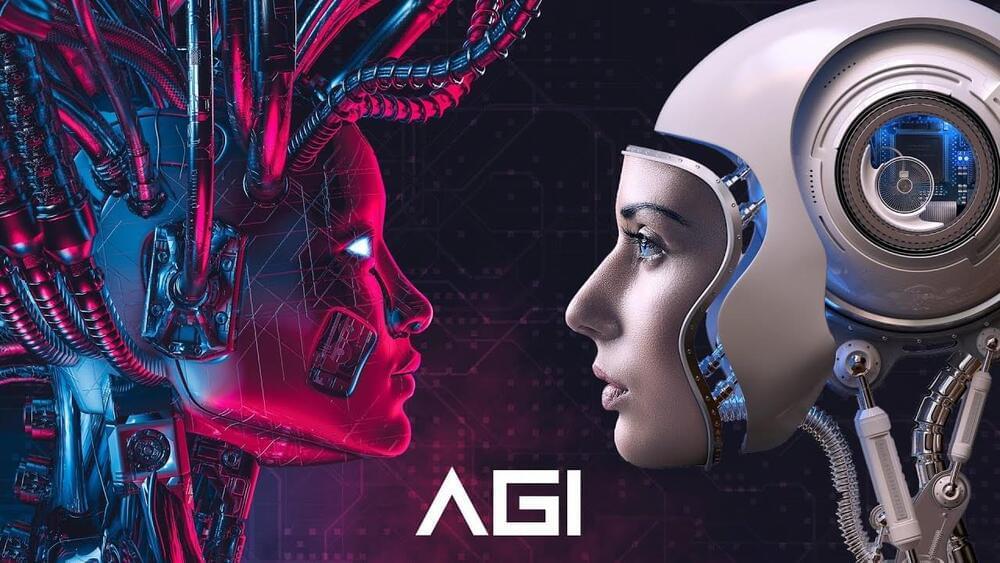There are signs that can tell you if your webcam has been hacked or not. With the increasing cases of data breaches and hacks, there is no surprise if there are people who are concerned if their devices are protected enough from any attack.
Could SpaceX be heading to Uranus next? The National Academies of Sciences, Engineering, and Medicine seems to think it should. The organization has released its latest decadal survey of planetary science and astrobiology. According to a report by Teslarati published on Wednesday, the survey hints that NASA should undertake a flagship mission to Uranus on SpaceX’s Falcon Heavy rocket.
The Uranus Orbiter and Probe
The mission is not entirely new. Called the Uranus Orbiter and Probe (UOP), the proposal has been under work for several years by a team that includes scientists from NASA, the University of California, and Johns Hopkins University. Now, with SpaceX’s Falcon Heavy rocket, the researchers feel they have the technology to make their long-held dream a reality.
Most studies linking features in brain imaging to traits such as cognitive abilities are too small to be reliable, argues a controversial analysis.
This is not the first successful research on de-ageing cells. Earlier, Shinya Yamanaka, a Nobel prize-winning stem cell researcher, genetically reprogrammed the mouse skin cells and turned them into induced pluripotent stem cells, or iPSCs, back in 2006. These cells type had the potential to form any cell type in the body. Yamanaka’s method took 50 days and completely reprograms cells to the biological age of an embryo. Gill’s method only took 13 days.
In a statement, Gill said, “Our results represent a big step forward in our understanding of cell reprogramming. We have proved that cells can be rejuvenated without losing their function and that rejuvenation looks to restore some function to old cells.”
Moreover, this unique idea requires just 10% of water supply as compared to regular hydroponics cultivation. #InnovateIndia
Our brains are awash with various unsung chemical heroes, making sure the electrical signals traveling all over the place don’t get out of control.
A new mouse study has now detailed the function of a pair of proteins vital to maintaining this balance – this could help us better understand a range of neurological disorders from epilepsy to schizophrenia.
The two proteins – Rab3-interacting molecule 1 (RIM1) and an enzyme called serine arginine protein kinase 2 (SRPK2) – work together to modify the transmission of information across the gaps between nerves called synapses.
Log into Facebook
Posted in futurism
NASA’s SpaceX Crew-4 Mission to the Space Station
On April 18, the astronauts of our SpaceX Crew-4 mission arrived at our Kennedy Space Center to prepare for their launch to the International Space Station. NASA’s Kjell Lindgren, Bob Hines, and Jessica Watkins, along with Samantha Cristoforetti of the European Space Agency (ESA) are excited about their scientific expedition to the station.
Stuart Russell warns about the dangers involved in the creation of artificial intelligence. Particularly, artificial general intelligence or AGI.
The idea of an artificial intelligence that might one day surpass human intelligence has been captivating and terrifying us for decades now. The possibility of what it would be like if we had the ability to create a machine that could think like a human, or even surpass us in cognitive abilities is something that many envision. But, as with many novel technologies, there are a few problems with building an AGI. But what if we succeed? What would happen should our quest to create artificial intelligence bear fruit? How do we retain power over entities that are more intelligent than us? The answer, of course, is that nobody knows for sure. But there are some logical conclusions we can draw from examining the nature of intelligence and what kind of entities might be capable of it.
Stuart Russell is a Professor of Computer Science at the University of California at Berkeley, holder of the Smith-Zadeh Chair in Engineering, and Director of the Center for Human-Compatible AI. He outlines the definition of AI, the risks and benefits it poses for the future. According to him, the idea of an AGI is the most important problem to intellectually to work on.
An AGI could be used for many good and evil purposes. Although there are huge benefits to creating an AGI, there are also downsides to doing so. If we create and deploy an AGI without understanding what risks it can cause for humans and other beings in our world, we could be contributing to great disasters.
Russel also postulates that we should focus on developing a machine that learns what each of the eight billion people on Earth would like the future to be like.
#AI #AGI #science.
SUBSCRIBE to our channel “Science Time”: https://www.youtube.com/sciencetime24
